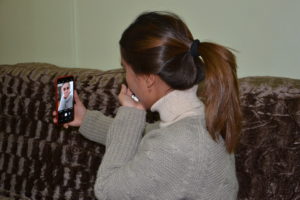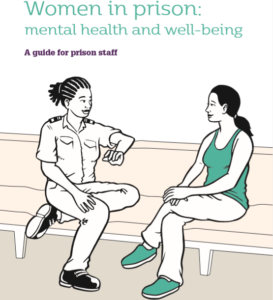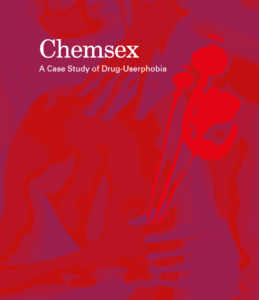Author: Khristina Shapran
Video observation is one of the most effective steps in treating tuberculosis (including drug-resistant tuberculosis). It improves the patient’s chances to treatment adherence and cure. In 2016, the endTB project in Kazakhstan implemented this approach in Astana and Almaty. Two years later, video-observed treatment was also launched in other regions and now it is recommended by the National TB Program in Kazakhstan.
Though TB therapy was discovered back in 1948, TB is still in the top 10 leading causes of mortality in the world. Every third person has Mycobacteria causing TB in his or her body. If Mycobacteria become active, the person needs six or more months of treatment depending on the stage of disease. Often the necessity to take several drugs causing side effects for such a long period of time leads to a situation, when people just stop treatment as soon as they feel better.
Taking pills on video
As many other people, after the in-patient treatment course Tolganai was prescribed outpatient treatment. Usually, it means that the patient has to go to the clinic every day to take another dose of medicines supervised by the medical staff. Such directly observed treatment (DOT) requires a lot of time and money (going to the clinic and back), with many patients complaining that they have trouble getting back home due to nausea and dizziness, which are side effects of the therapy. So it is hardly surprising that often patients decide to drop the therapy before they have finished their full course of treatment. As a result, they develop drug resistance, so further treatment of TB (if they decide to continue) can take up to two years. Tolganai was lucky. She was offered video-observed treatment. As a rule, Viber, Whatsapp or Skype are used to provide such treatment.
How does it work?
On the first day when Tolganai started the observed therapy, she took her medicines under the nurse’s supervision in the clinic and received a container with a stock of pills for one week. It was all documented in the register. Now a health worker calls her every day at the agreed time and observes her taking her pills.
When the video call starts, Tolganai says her full name and date, shows the box of the container corresponding to the relevant day of the week, tells the name and the amount of TB medicines she is going to take and demonstrates a transparent glass filled with water. If her words are in line with what is written in her medical records, she takes her pills and the health worker makes a new entry in the register.
On the days when Tolganai cannot make a video call, she makes records herself taking pills and sends the video to her nurse. In case if Tolganai failed to send a video file or make a video call on a certain day, the nurse would make an entry in the register that she missed her dose of therapy. Then the woman would have to listen again to the explanations why adherence to treatment is so important and what the risks of missing doses are.
“Such treatment is much easier to tolerate as you don’t have to go to the clinic all the time and if you feel bad, you can just stay at home. Besides, it saves a lot of treatment-related costs,” says Tolganai.
Highly effective
Currently, video-observed treatment (VOT) proves to be highly effective. In March 2019, The Lancet magazine published the results of a British VOT study. The study results showed that 90% of the patients observed through their smart phones completed their first week of treatment and only 49% of the patients who had to come to the clinic on a daily basis demonstrated the same result. After six months of observation, the efficiency of such treatment still remained high. 77% of the patients who received VOT successfully completed their treatment courses, while only 39% of the patients receiving DOT were able to complete their therapy.
In the recent ten years, health workers in Kazakhstan managed to reduce the level of TB mortality by 5.6 times. First of all, it has been a result of better prevention as well as measures aimed at early TB diagnostics. However, video-observed treatment also played its role, allowing to increase patients’ adherence to therapy and hence the quality of treatment.
 Roza Idrisova, Director of the first and only patient organization in Kazakhstan, protecting the rights and interests of people affected with tuberculosis – Sanat Alemi.
Roza Idrisova, Director of the first and only patient organization in Kazakhstan, protecting the rights and interests of people affected with tuberculosis – Sanat Alemi.
“It is nice that digital technologies have stepped into the lives of our patients, for example, video-surveillance treatment. The effectiveness of this method of monitoring TB treatment is confirmed by an increase in adherence to the treatment of our patients, there are practically no interruptions. There are a lot of pluses, first of all, it saves money of patients, since transport costs are reduced, this is very important for them. Also, patients’s personal time is saved, which they can use for other matters. ”




